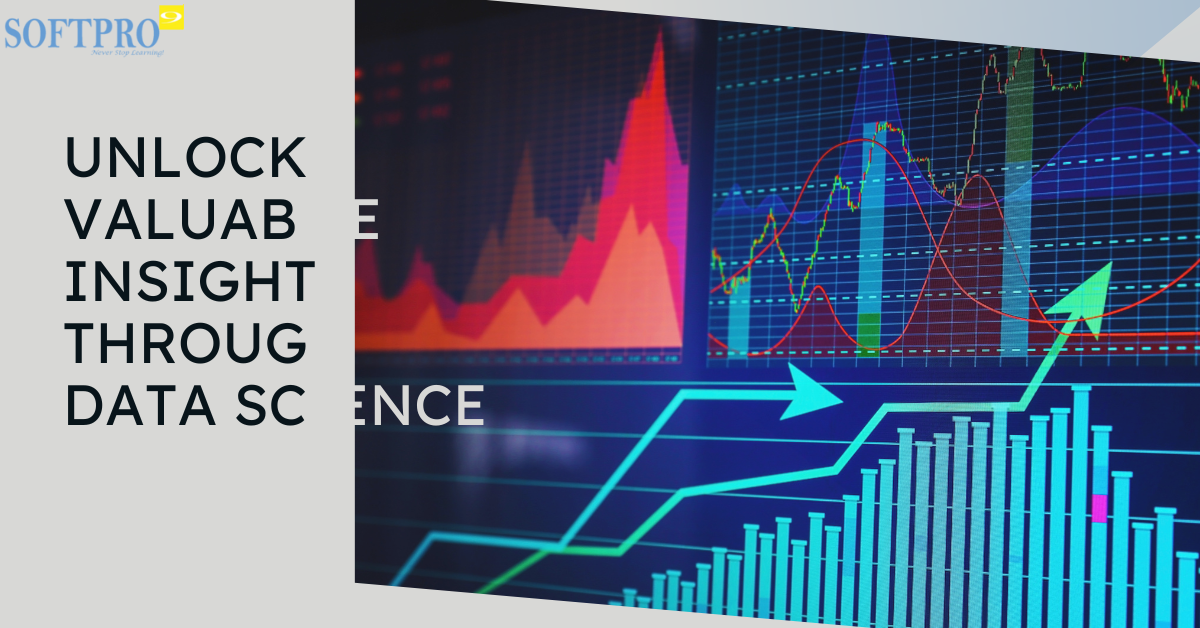
The Data Science Hierarchy of Needs: Building a Solid Path to Insights
#1 Myinstitutes.com is one of the Best Educational Portal and Training Institutes in MYSORE, MANGALORE, and BANGALORE.
Much like Maslow’s Hierarchy of Needs in psychology, the Data Science Hierarchy of Needs is a layered framework. It outlines the essential steps and processes for achieving meaningful insights from data. Just as humans must fulfill basic needs like food and safety before pursuing self-actualization, organizations must build foundational systems before unlocking advanced Data Science capabilities like machine learning and artificial intelligence.
In this blog, we’ll explore each level of the Data Science Hierarchy of Needs, providing a roadmap for organizations striving to leverage the full potential of their data. From data collection and storage to predictive analytics, we’ll guide you through this essential framework.
The Five Levels of the Data Science Hierarchy of Needs
1. Data Collection & Storage (Foundation)
The base level involves gathering and securely storing raw data. Without high-quality data, the entire system falters. This level emphasizes setting up scalable databases, pipelines, and data management practices to ensure a steady inflow of reliable data.
- Examples: Cloud storage systems, data warehouses, and tools like SQL or Snowflake.
- Key Question: Is our data accurate, accessible, and secure?
2. Data Cleaning & Processing
Once data is collected, the next step is to clean and organize it. This stage is crucial as messy or unstructured data can lead to flawed insights. Techniques like data deduplication, normalization, and formatting are applied here.
- Tools & Techniques: Python, R, ETL processes, and data cleaning libraries like Pandas or OpenRefine.
- Key Outcome: A clean dataset ready for analysis.
3. Exploratory Data Analysis (EDA)
This level focuses on understanding the data through visualization and statistical analysis. EDA helps identify patterns, relationships, and potential biases in the data. It’s a key stage to uncover actionable insights and guide future modeling efforts.
- Tools: Tableau, Power BI, matplotlib, and seaborn.
- Examples: Visualizing customer behavior trends or finding sales seasonality patterns.
4. Advanced Analytics & Modeling
With a deep understanding of the data, organizations can move into advanced analytics like predictive modeling and machine learning. This level involves training algorithms to make predictions or classifications that can inform critical business decisions.
- Techniques: Regression models, classification algorithms, deep learning frameworks (TensorFlow, PyTorch).
- Examples: Predicting churn rates or recommending personalized product options.
5. AI & Automation (Peak)
At the top of the hierarchy lies AI and automation, where data science transforms from analysis to decision-making in real-time. AI-powered systems enable businesses to operate smarter and faster by automating workflows and providing near-instant insights.
- Examples: Chatbots, recommendation systems, fraud detection tools.
- Challenge: Requires robust data pipelines and consistently clean, quality data for reliable results.
Why Following the Hierarchy Matters
Skipping foundational levels may lead to inefficient systems or unreliable insights. Building from the ground up ensures each layer supports the next, leading to a sustainable and scalable approach to data science.
By adhering to this framework, organizations can harness their data’s true potential, making decisions that drive growth, innovation, and competitive advantage.
Closing Thoughts
Understanding and implementing the Data Science Hierarchy of Needs ensures that your journey from data collection to AI-driven insights is not just efficient but transformative. Whether you’re just starting out or looking to refine your existing processes, this model is an invaluable guide for long-term success in the data-driven world.



